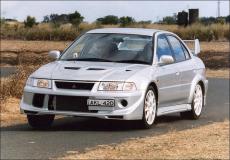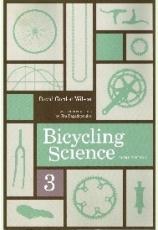Jumping ship…
 As we all know, successive models of the one car tend to get larger.
As we all know, successive models of the one car tend to get larger.
A Corolla is now bigger than the original Crown; the new-age Mini is vastly bigger than the original; the current VE Commodore is very much larger than the first VB model.
Bigger is apparently better, until the size has grown so much that there’s a created place for a new, smaller model – like in the Corolla’s case, the Echo and then the Yaris. (Or in the Honda Civic’s case, the Jazz – there are many examples of the phenomenon.)
But the Holden Commodore has proved rather problematic. The newer, smaller models designed to slot in where the Commodore once was have not been very successful – the Vectra being the expensive case in point. So now we have the much cheaper Epica, which in terms of cars like the original sized VB-VL model Commodores, is actually large indeed. (But despite its size, it’s still smaller than the current VE Commodore…)
So what does it take for a long-time Commodore owner to finally jump ship? You know, the older person who has driven Commodore models continuously since their 1978 release? (For Commodores and Falcons, it wouldn’t surprise me if people in the ‘have-always-driven-them’ category make up half of the current private buyers.)
Do these people just religiously follow the upgrading in size, the upgrading in power, and the upgrading in weight? Or at some point, perhaps now with children having left the nest, do they say to themselves that the new iteration of the model simply doesn’t suit, and it’s time to get a car that isn’t smaller than their current model – it just isn’t yet again bigger. To step out of a VZ Commodore, not into a VE but into an Epica, for example.
- » Continue reading or Comments (5)

 Julian Edgar, 50, has been writing about car modification and automotive technology for nearly 25 years. He has owned cars with two, three, four, five, six and eight cylinders; single turbo, twin turbo, supercharged, diesel and hybrid electric drivelines. He lists his transport interests as turbocharging, aerodynamics, suspension design and human-powered vehicles.
Julian Edgar, 50, has been writing about car modification and automotive technology for nearly 25 years. He has owned cars with two, three, four, five, six and eight cylinders; single turbo, twin turbo, supercharged, diesel and hybrid electric drivelines. He lists his transport interests as turbocharging, aerodynamics, suspension design and human-powered vehicles.





